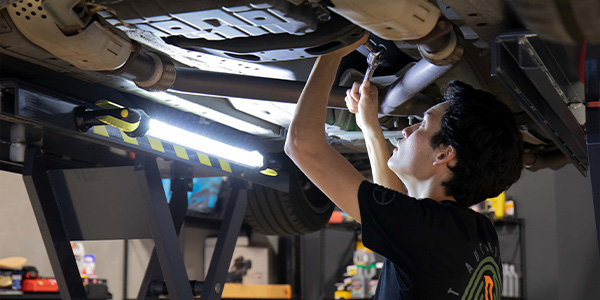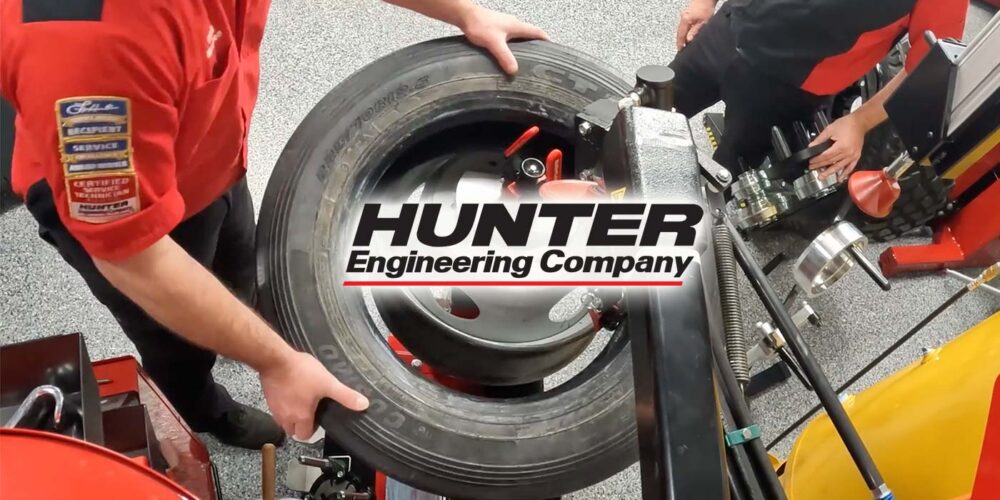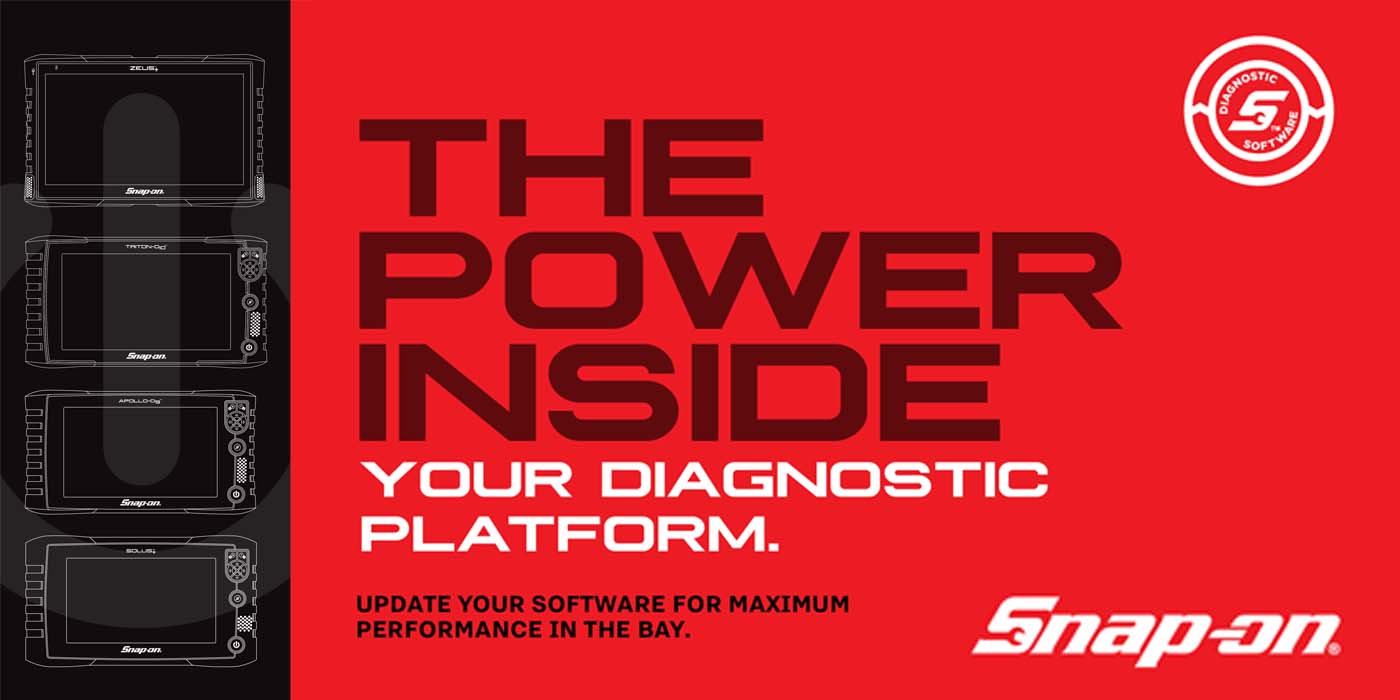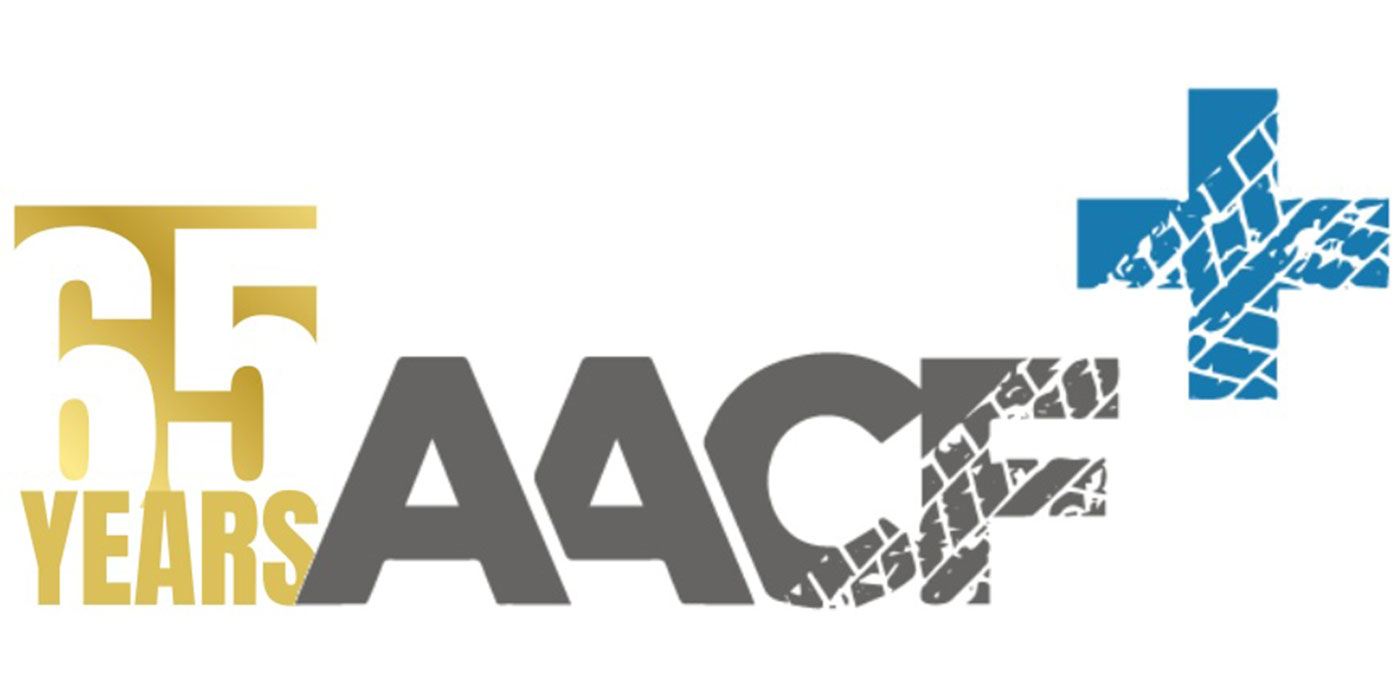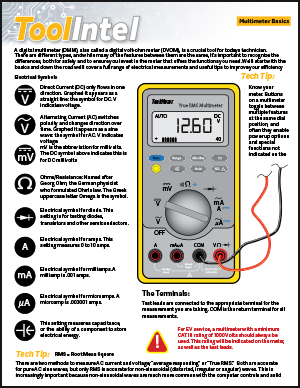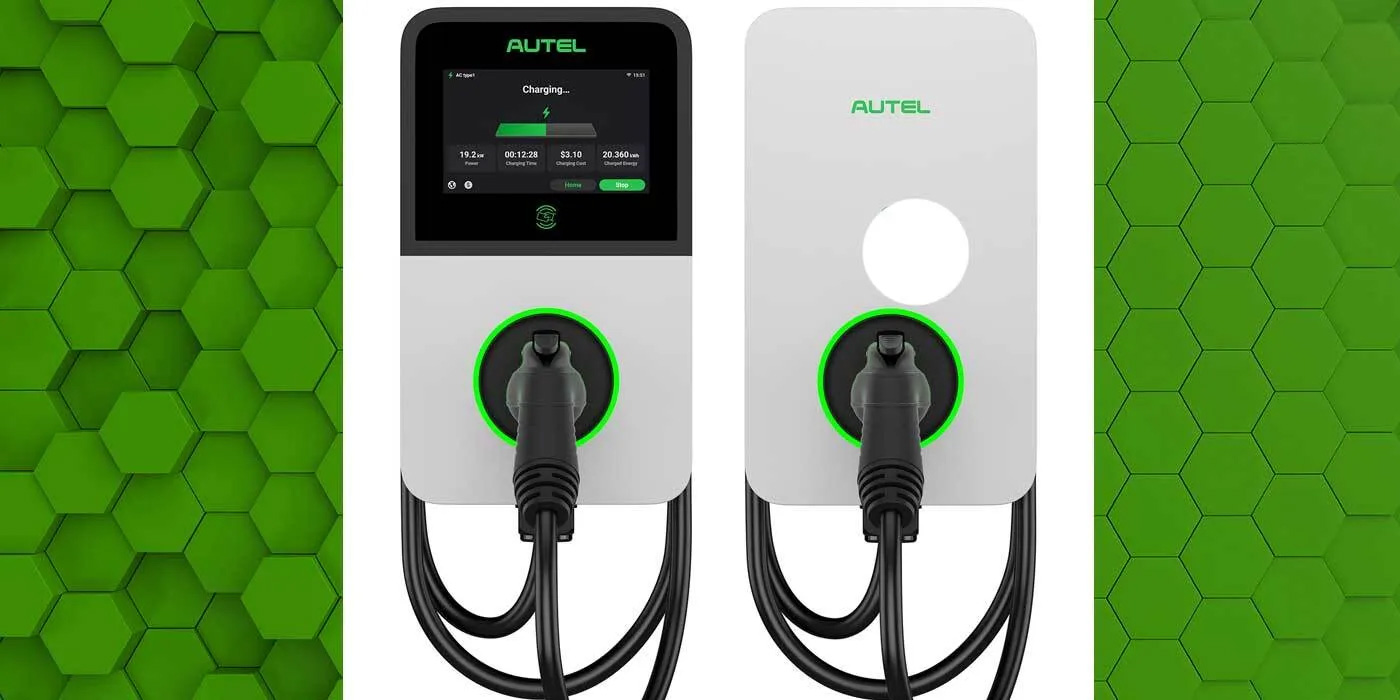You may encounter a Subaru 1996-’99 Legacy, or a 1998-’99 Impreza or Legacy with a 2.5 L engine, with a leaking or dislodged front crankshaft oil seal. It may be necessary to remove the oil pump and examine the rear sealing plate of the oil pump.
In some cases, the front seal will have been replaced, only to have the customer return a short time later with the same complaint. In these cases, the seal is either leaking again, has been pushed out or it’s leaking from the weep hole. The screws holding the rear sealing plate on the oil pump may have come loose. This allows oil to exit the pump rotor area and get into the oil pump body where it’s pressurized. This pressurized oil pushes on the seal, causing it to leak or push it out of its mounting.
Technical service bulletin courtesy of Mitchell 1.
For more information on Mitchell 1 products and services, automotive professionals can log onto the company’s website at www.mitchell1.com.



